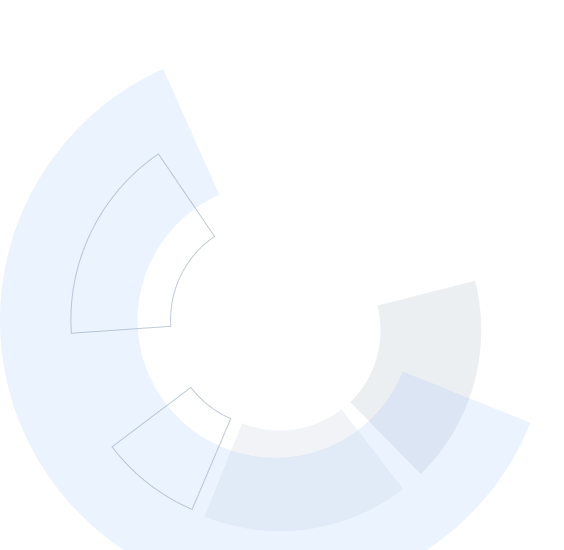In this Capstone course, you will design a microcontroller-based embedded system. As an option, you can also build and test a system. The focus of your project will be to design the system so that it can be built on a low-cost budget for a real-world application. To complete this project you'll need to use all the skills you've learned in the course (programming microcontrollers, system design, interfacing, etc.). The project will include some core requirements, but leave room for your creativity in how you approach the project. In the end, you will produce a unique final project, suitable for showcasing to future potential employers.
Note that for the three required assignments you do NOT need to purchase software and hardware to complete this course. There is an optional fourth assignment for students who wish to build and demonstrate their system using an Arduino or Raspberry Pi. Please also note that this course does not include discussion forums.
Upon completing this course, you will be able to:
1. Write a requirements specification document
2. Create a system-level design
3. Explore design options
4. Create a test plan




















